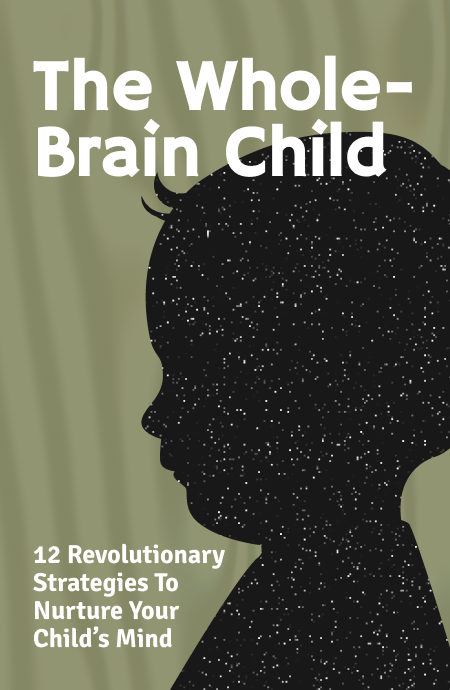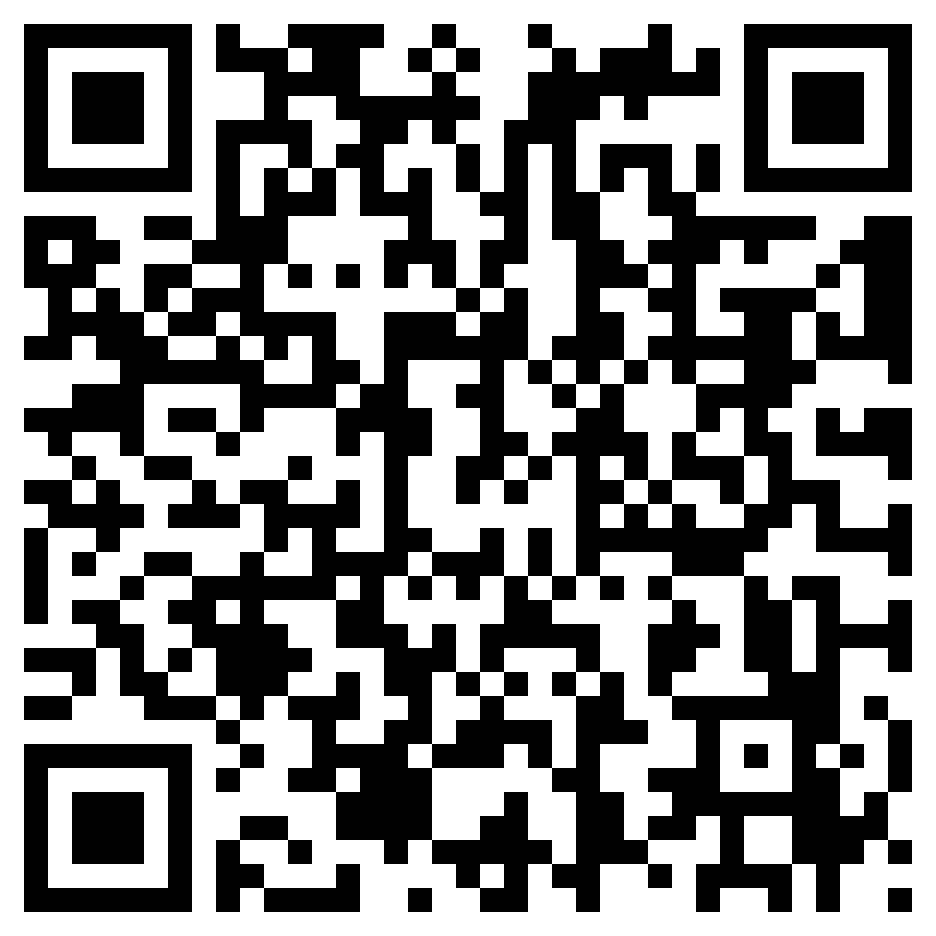Lesson 1- Parenting can be Tricky
Whether you are a parent, teacher or a significant caregiver in a child’s life, raising, supporting, and nurturing children is a crucial task that requires more than what we sometimes possess. The primary goal is to use our everyday interactions as opportunities to help you and the children you care for both to survive and thrive.
Parents are often experts about their children’s bodies. They know which foods are best suited for their child. But even the best, well-educated parents often lack knowledge about the brain of the child. The brain plays a central role in virtually every aspect of a child’s life like discipline, decision making, self-awareness, school, relationships, etc. The brain itself is significantly shaped by the experiences offered to it as parents, and knowing about the way the brain changes in response to our parenting can help us to nurture a stronger, more resilient child. Therefore, it is crucial to understand how the brain works to better understand your child, respond more effectively to difficult situations, and build a foundation for social, emotional, and mental health.
Most of us don’t think about the fact that our brain has many different parts with different jobs. For example, you have a left side of the brain that helps you think logically and organize thoughts into sentences, and a right side that helps you experience emotions and read nonverbal cues. The brain has multiple personalities—some rational, some irrational; some reflective, some reactive. And to get the most out of the brain, there arises the need for integration. Through integration, the diverse parts of the brain can work together as a whole, and hence, the concept- whole-brain. As children become integrated, they are better able to coordinate their brains. It will create conditions to make the left-brain logic work well with the right-brain emotion. The very foundation of neuroscience is the discovery that the brain is malleable, meaning that the brain physically changes throughout our lives, not just in childhood, as was previously assumed. It further means that the brain can be rewired to suit our needs the most.
Studies have shown that parents who talk with children tend to have better access to the memories of those experiences. Parents who speak with their children about their feelings have children who develop emotional intelligence. Playing video games, or engaging in educational activities wire the brain in distinct ways. This wire-and-rewire process is what integration is all about, that gives children the experience to create connections between different parts of the brain.
Lesson 2- The Two Brains: Horizontal Division
As previously discussed the brain is divided
Unlock Knowledge with Wizdom App
Explore a world of insights and wisdom at your fingertips with the Wizdom app.
 1 Million+ App Download
1 Million+ App Download  4.9App Store Rating
4.9App Store Rating 5000+Summaries & Podcasts
5000+Summaries & Podcasts




